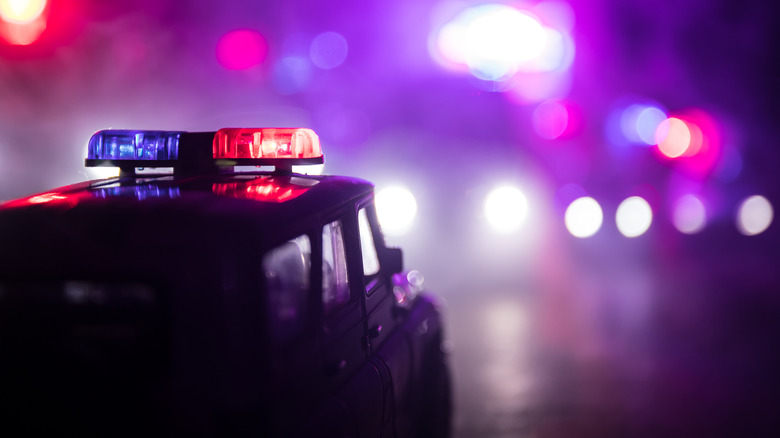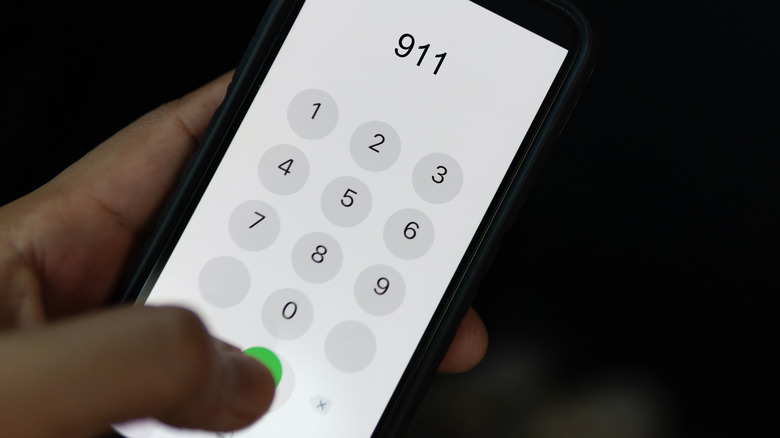When Was 911 Invented?
The idea of calling 911 when there's an emergency is embedded in the mind of every American from preschool. The emergency number seems like it's always been there — fire, police, or EMS just a quick dial away.
But it wasn't always this way. According to the federal government's 911 site, 9-1-1 is only a little more than a half-century old with the first call being placed in 1968! Before that, you were expected to know and dial regular 10-digit phone numbers for the police, fire, or emergency services. And this is before cell phones or the internet — so you better have those 10-digit numbers written down or memorized and access to a landline or enough coins for the phone booth you'd need to place the call. Clearly, a better solution was needed.
In 1966, 911 reports, the National Academy of Sciences published a study exposing an American epidemic of accidental deaths and injuries, especially from car accidents. To reduce those deaths, the report recommended the country create a unified, nationwide emergency telephone number that could be used "to summon an ambulance." And two years later in 1968, the first ceremonial 911 call was placed in Haleyville, Alabama by a state senator. Other cities quickly followed suit, with the second call placed in Nome, Alaska just six days later.
A small start to nationwide coverage
At the time, 911 wasn't a new idea. According to the North East Ambulance Service, the United Kingdom made history in 1937 with 999, the world's first emergency number. It was introduced after several women were killed in a London house fire in 1935. A neighbor had tried to call the fire department, but its prompt arrival was delayed by a wait for the phone exchange operator, leading to a government inquiry.
By 1976, the entire U.K. was covered by 999. In contrast — likely due to the later start date — only 26% of Americans had 911 service by the end of that same year. From there, the nationwide rollout continued at a slow, but steady pace. 50% of Americans had access by 1987, and at the end of the 20th century, that number was up to 93%. Today, it's around 96% (via National Emergency Number Association).
And with the arrival of cell phones, almost 95% of the United States is also covered by Enhanced 911, or E-911. When a phone call is made, E-911 automatically determines the location of the caller and routes the call to the appropriate Public Safety Answering Point, or PSAP (via Bandwith). Since 2014, some Americans have been able to text 911 instead of calling. Most cellular carriers support the service, but it's still being rolled out nationwide — a full list of supported locations is available online (via the FCC).

